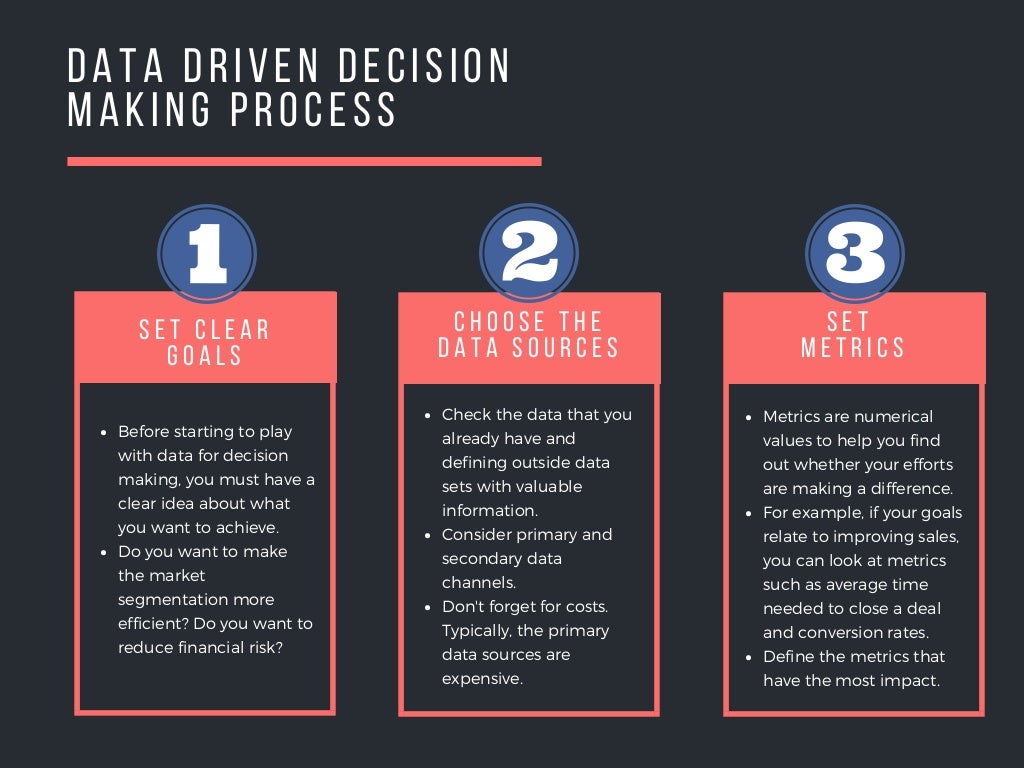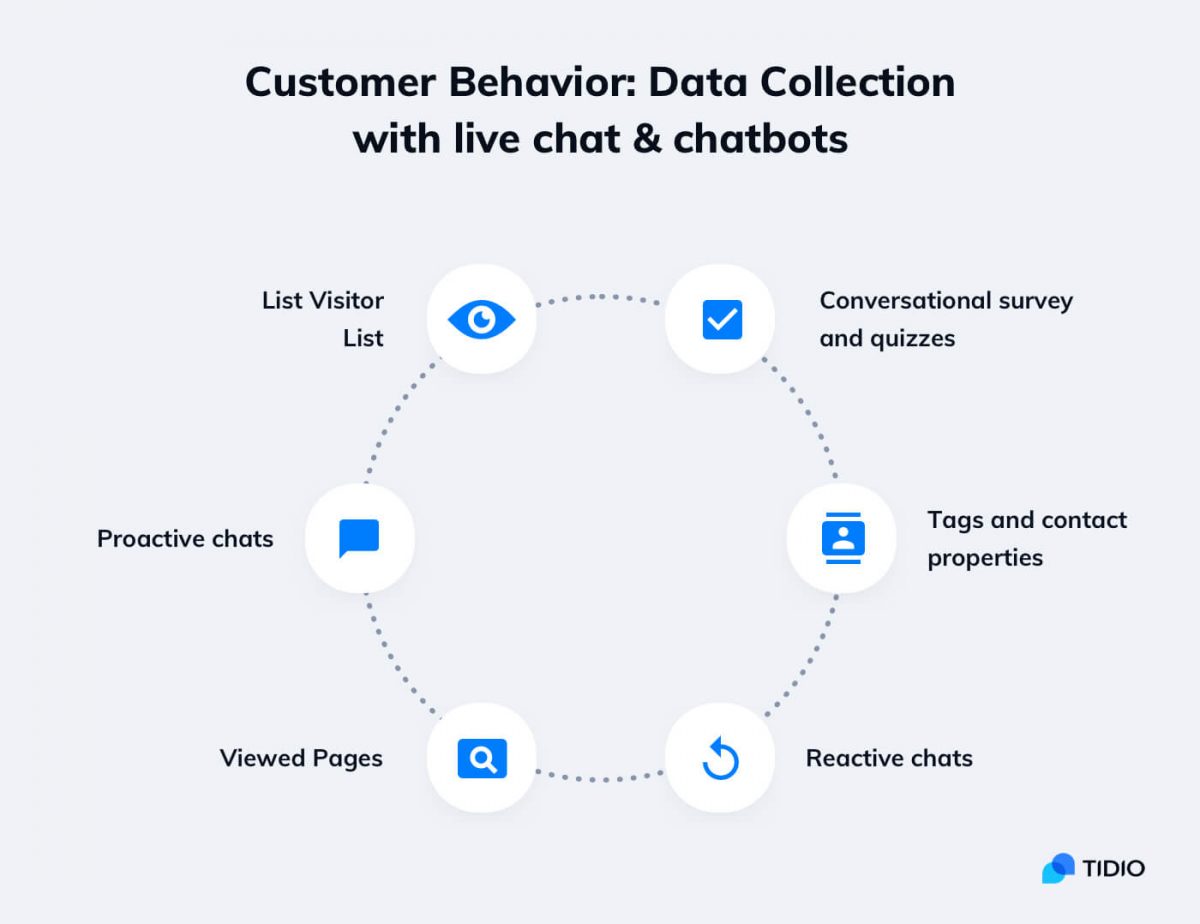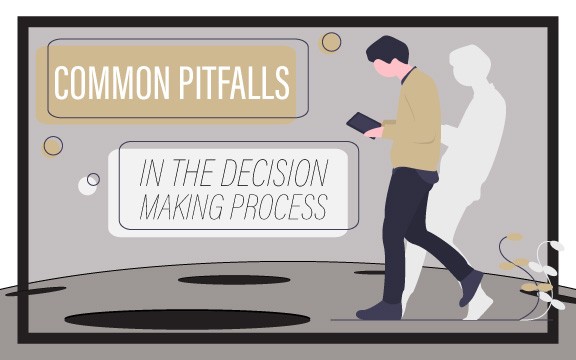The Power of Data-Driven Decision Making
Data-driven growth hacking is a strategic approach to business growth that relies on the use of data and analytics to inform decision-making. In today’s fast-paced and competitive business landscape, companies that adopt data-driven growth hacking strategies are better equipped to stay ahead of the curve and achieve sustainable growth. By leveraging data and analytics, businesses can gain a deeper understanding of their customers, identify areas for improvement, and optimize their marketing strategies to drive growth.
The importance of data-driven decision making cannot be overstated. Traditional approaches to business growth often rely on intuition and anecdotal evidence, which can lead to costly mistakes and missed opportunities. In contrast, data-driven growth hacking provides a framework for making informed decisions that are grounded in data and analytics. This approach enables businesses to measure the effectiveness of their strategies, identify areas for improvement, and make data-driven decisions that drive growth.
At its core, data-driven growth hacking is about using data to drive business outcomes. This involves collecting and analyzing data from various sources, including customer interactions, market trends, and competitor activity. By analyzing this data, businesses can gain insights into customer behavior, preferences, and pain points, which can inform product development, marketing campaigns, and customer engagement initiatives.
For example, a company that uses data-driven growth hacking might analyze customer data to identify trends and patterns in purchasing behavior. This analysis might reveal that customers are more likely to purchase certain products during specific times of the year or in response to targeted marketing campaigns. Armed with this information, the company can develop targeted marketing strategies that drive sales and revenue growth.
By adopting data-driven growth hacking strategies, businesses can achieve a range of benefits, including increased efficiency, improved customer experiences, and ultimately, business growth. Whether you’re a startup or an established company, data-driven growth hacking provides a framework for making informed decisions that drive business outcomes.
How to Harness the Power of Data for Business Growth
Data-driven growth hacking relies on a range of data analytics tools and techniques to inform business decisions. Some of the key tools and techniques used in data-driven growth hacking include A/B testing, segmentation, and predictive modeling. A/B testing involves comparing two or more versions of a product or marketing campaign to determine which one performs better. Segmentation involves dividing customers into distinct groups based on their behavior, preferences, and demographics. Predictive modeling involves using statistical models to forecast future customer behavior and preferences.
These tools and techniques can help businesses identify areas for improvement and optimize their marketing strategies. For example, a company might use A/B testing to determine which version of a marketing email generates more clicks and conversions. They might use segmentation to identify which customer groups are most likely to respond to a particular marketing campaign. They might use predictive modeling to forecast which customers are most likely to churn and develop targeted retention strategies.
Data-driven growth hacking also involves using data to inform product development. This might involve analyzing customer feedback and reviews to identify areas for improvement. It might involve using data to inform the development of new products and features. It might involve using data to optimize the user experience and improve customer satisfaction.
In addition to these tools and techniques, data-driven growth hacking also involves using data to inform marketing campaigns. This might involve analyzing customer behavior and preferences to develop targeted marketing campaigns. It might involve using data to optimize the timing and frequency of marketing campaigns. It might involve using data to measure the effectiveness of marketing campaigns and make data-driven decisions about how to improve them.
By harnessing the power of data, businesses can gain a deeper understanding of their customers and develop targeted strategies to drive growth. Whether you’re a startup or an established company, data-driven growth hacking provides a framework for making informed decisions that drive business outcomes.
From Insights to Action: Turning Data into Business Results
Data-driven growth hacking is not just about collecting and analyzing data, but also about turning insights into actionable business strategies. This involves using data to inform product development, marketing campaigns, and customer engagement initiatives. By leveraging data insights, businesses can develop targeted strategies that drive growth and improve customer experiences.
One way to turn data insights into action is to use data to inform product development. This might involve analyzing customer feedback and reviews to identify areas for improvement. It might involve using data to inform the development of new products and features. By using data to inform product development, businesses can create products that meet the needs and preferences of their customers.
Another way to turn data insights into action is to use data to inform marketing campaigns. This might involve analyzing customer behavior and preferences to develop targeted marketing campaigns. It might involve using data to optimize the timing and frequency of marketing campaigns. By using data to inform marketing campaigns, businesses can improve the effectiveness of their marketing efforts and drive growth.
Data can also be used to inform customer engagement initiatives. This might involve analyzing customer behavior and preferences to develop targeted customer engagement strategies. It might involve using data to optimize the customer experience and improve customer satisfaction. By using data to inform customer engagement initiatives, businesses can build strong relationships with their customers and drive loyalty and retention.
In addition to these strategies, businesses can also use data to measure the effectiveness of their growth hacking efforts. This might involve tracking key performance indicators (KPIs) such as customer acquisition costs, customer lifetime value, and retention rates. By using data to measure the effectiveness of their growth hacking efforts, businesses can refine and improve their strategies over time.
By turning data insights into action, businesses can drive growth and improve customer experiences. Whether you’re a startup or an established company, data-driven growth hacking provides a framework for making informed decisions that drive business outcomes.
The Role of Data in Understanding Customer Behavior
Data plays a crucial role in understanding customer behavior and preferences in data-driven growth hacking. By analyzing customer data, businesses can gain a deeper understanding of their customers’ needs, preferences, and pain points. This information can be used to develop targeted marketing campaigns, improve customer engagement, and drive business growth.
One way to use data to understand customer behavior is through customer segmentation. This involves dividing customers into distinct groups based on their behavior, preferences, and demographics. By segmenting customers, businesses can develop targeted marketing campaigns that resonate with each group and drive conversions.
Another way to use data to understand customer behavior is through persona development. This involves creating detailed profiles of ideal customers based on data analysis. By developing personas, businesses can gain a deeper understanding of their customers’ needs, preferences, and pain points and develop targeted marketing campaigns that resonate with each persona.
Journey mapping is another technique used in data-driven growth hacking to understand customer behavior. This involves creating visual representations of the customer journey to identify pain points, opportunities, and areas for improvement. By mapping the customer journey, businesses can develop targeted strategies to improve the customer experience and drive business growth.
Data can also be used to analyze customer feedback and reviews to gain a deeper understanding of customer behavior and preferences. By analyzing customer feedback and reviews, businesses can identify areas for improvement and develop targeted strategies to improve the customer experience.
In addition to these techniques, data can also be used to analyze customer behavior and preferences in real-time. This involves using tools such as Google Analytics to track customer behavior and preferences in real-time and develop targeted strategies to improve the customer experience.
By using data to understand customer behavior and preferences, businesses can develop targeted strategies to drive business growth and improve the customer experience. Whether you’re a startup or an established company, data-driven growth hacking provides a framework for making informed decisions that drive business outcomes.
Case Study: How Airbnb Used Data-Driven Growth Hacking to Achieve Success
Airbnb is a great example of a company that has successfully implemented data-driven growth hacking strategies to achieve significant growth. Founded in 2008, Airbnb has grown to become one of the largest online marketplaces for short-term vacation rentals. The company’s success can be attributed to its ability to leverage data to inform its marketing decisions and drive business growth.
Airbnb’s data-driven growth hacking strategy involves using data to understand its customers’ behavior and preferences. The company uses data analytics tools to track customer behavior, including how customers interact with its website and mobile app. This data is used to identify areas for improvement and optimize the customer experience.
One way Airbnb uses data to drive growth is through A/B testing. The company uses A/B testing to compare different versions of its website and mobile app to determine which one performs better. For example, Airbnb might test different versions of its homepage to see which one generates more bookings. By using data to inform its A/B testing, Airbnb can identify which changes to its website and mobile app drive the most conversions.
Airbnb also uses data to personalize the customer experience. The company uses data analytics tools to segment its customers based on their behavior and preferences. This allows Airbnb to develop targeted marketing campaigns that resonate with each segment. For example, Airbnb might develop a marketing campaign targeted at customers who have previously booked a vacation rental in a specific location.
In addition to A/B testing and personalization, Airbnb also uses data to optimize its pricing strategy. The company uses data analytics tools to analyze market trends and adjust its pricing accordingly. This allows Airbnb to stay competitive in the market and drive revenue growth.
By leveraging data to inform its marketing decisions, Airbnb has been able to achieve significant growth. The company’s data-driven growth hacking strategy has allowed it to stay ahead of the competition and drive business growth. Whether you’re a startup or an established company, Airbnb’s success is a great example of how data-driven growth hacking can drive business growth.
Common Pitfalls to Avoid in Data-Driven Growth Hacking
While data-driven growth hacking can be a powerful tool for driving business growth, there are several common pitfalls to avoid. One of the most common mistakes is relying too heavily on intuition. While intuition can be a useful guide, it’s essential to back up decisions with data to ensure that they are informed and effective.
Another common pitfall is ignoring negative results. Data-driven growth hacking is all about testing and iterating, and sometimes this means facing negative results. However, it’s essential to learn from these results and use them to refine and improve strategies over time.
Failing to iterate and refine strategies is another common mistake. Data-driven growth hacking is a continuous process, and it’s essential to regularly review and refine strategies to ensure that they are effective and aligned with business goals.
Additionally, businesses should avoid relying too heavily on a single metric or KPI. While metrics and KPIs are essential for measuring success, they should be used in conjunction with other data points to get a complete picture of business performance.
It’s also important to avoid getting too caught up in the latest trends and technologies. While it’s essential to stay up-to-date with the latest developments in data-driven growth hacking, it’s equally important to focus on the fundamentals and ensure that strategies are aligned with business goals.
Finally, businesses should avoid underestimating the importance of data quality. Data quality is essential for making informed decisions, and poor data quality can lead to inaccurate insights and ineffective strategies.
By avoiding these common pitfalls, businesses can ensure that their data-driven growth hacking strategies are effective and drive real business growth. Whether you’re a startup or an established company, data-driven growth hacking provides a framework for making informed decisions that drive business outcomes.
Measuring Success: How to Track the Impact of Data-Driven Growth Hacking
Measuring the success of data-driven growth hacking strategies is crucial to understanding their impact on business growth. To measure success, businesses should set clear goals and track key performance indicators (KPIs) that align with those goals. KPIs might include metrics such as customer acquisition costs, customer lifetime value, and retention rates.
Once goals and KPIs are established, businesses can use data to track progress and refine their strategies over time. This might involve using data analytics tools to track website traffic, social media engagement, and customer behavior. By analyzing this data, businesses can identify areas for improvement and make data-driven decisions to optimize their strategies.
Another important aspect of measuring success is using data to refine and improve strategies over time. This might involve conducting A/B testing to compare the performance of different marketing campaigns or product features. By using data to inform these decisions, businesses can ensure that their strategies are effective and aligned with their goals.
In addition to tracking KPIs and refining strategies, businesses should also use data to measure the return on investment (ROI) of their data-driven growth hacking efforts. This might involve calculating the revenue generated by each marketing campaign or product feature and comparing it to the cost of implementation. By measuring ROI, businesses can ensure that their data-driven growth hacking efforts are generating a positive return on investment.
Finally, businesses should use data to stay ahead of the competition and identify new opportunities for growth. This might involve analyzing industry trends and competitor activity to identify areas for differentiation and innovation. By using data to inform these decisions, businesses can stay ahead of the curve and continue to leverage data-driven strategies for growth.
By measuring the success of data-driven growth hacking strategies and using data to refine and improve them over time, businesses can ensure that their efforts are generating a positive return on investment and driving real business growth. Whether you’re a startup or an established company, data-driven growth hacking provides a framework for making informed decisions that drive business outcomes.
Staying Ahead of the Curve: The Future of Data-Driven Growth Hacking
The future of data-driven growth hacking is exciting and rapidly evolving. Emerging trends and technologies, such as artificial intelligence and machine learning, are transforming the way businesses approach data-driven growth hacking. These technologies enable businesses to analyze vast amounts of data, identify patterns and trends, and make predictions about future customer behavior.
Artificial intelligence, in particular, is revolutionizing the field of data-driven growth hacking. AI-powered tools can analyze customer data, identify areas for improvement, and provide personalized recommendations for growth. Additionally, AI can help businesses automate many of the tasks involved in data-driven growth hacking, freeing up resources for more strategic and creative work.
Machine learning is another key technology that is transforming the field of data-driven growth hacking. Machine learning algorithms can analyze customer data and identify patterns and trends that may not be immediately apparent. This enables businesses to make more informed decisions about their growth strategies and optimize their marketing efforts for maximum impact.
As data-driven growth hacking continues to evolve, businesses must stay ahead of the curve to remain competitive. This means investing in the latest technologies and tools, as well as developing the skills and expertise needed to effectively leverage these technologies. By staying ahead of the curve, businesses can continue to leverage data-driven strategies for growth and achieve long-term success.
In addition to emerging technologies, businesses must also consider the changing needs and preferences of their customers. As customers become increasingly savvy and demanding, businesses must adapt their growth strategies to meet these changing needs. This may involve developing more personalized and targeted marketing efforts, as well as creating more seamless and intuitive customer experiences.
Ultimately, the future of data-driven growth hacking is all about leveraging the latest technologies and trends to drive business growth and success. By staying ahead of the curve and adapting to changing customer needs, businesses can continue to thrive in an increasingly competitive marketplace.






